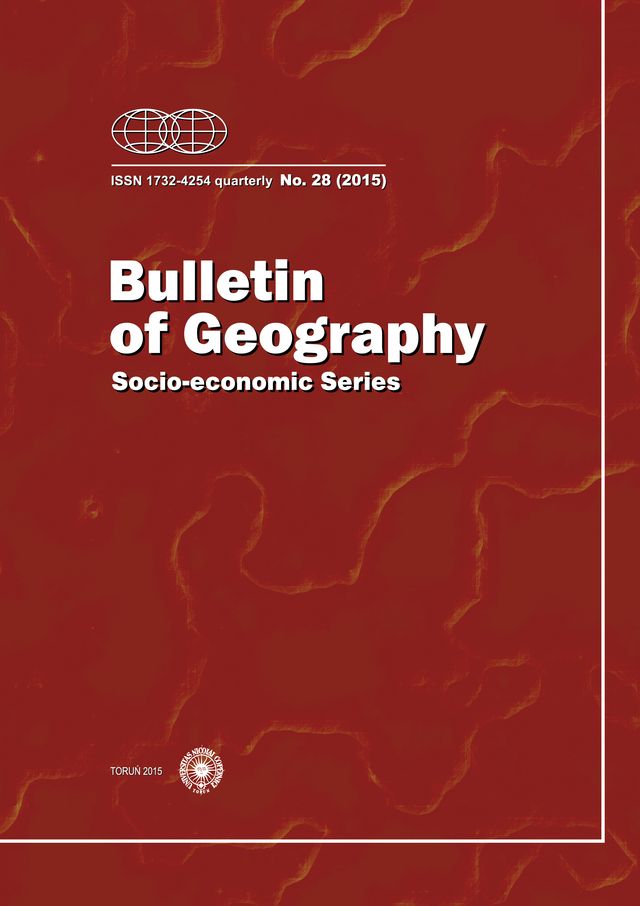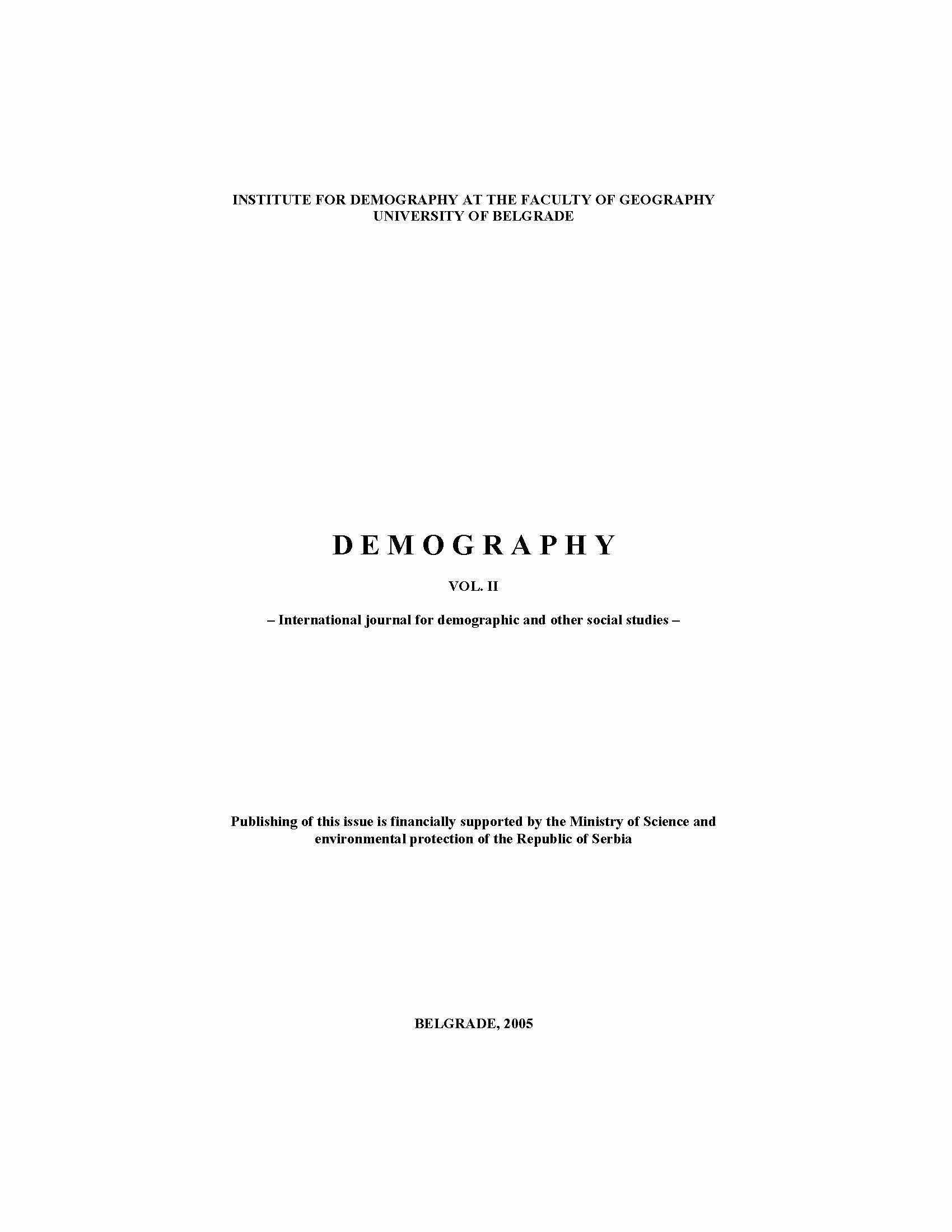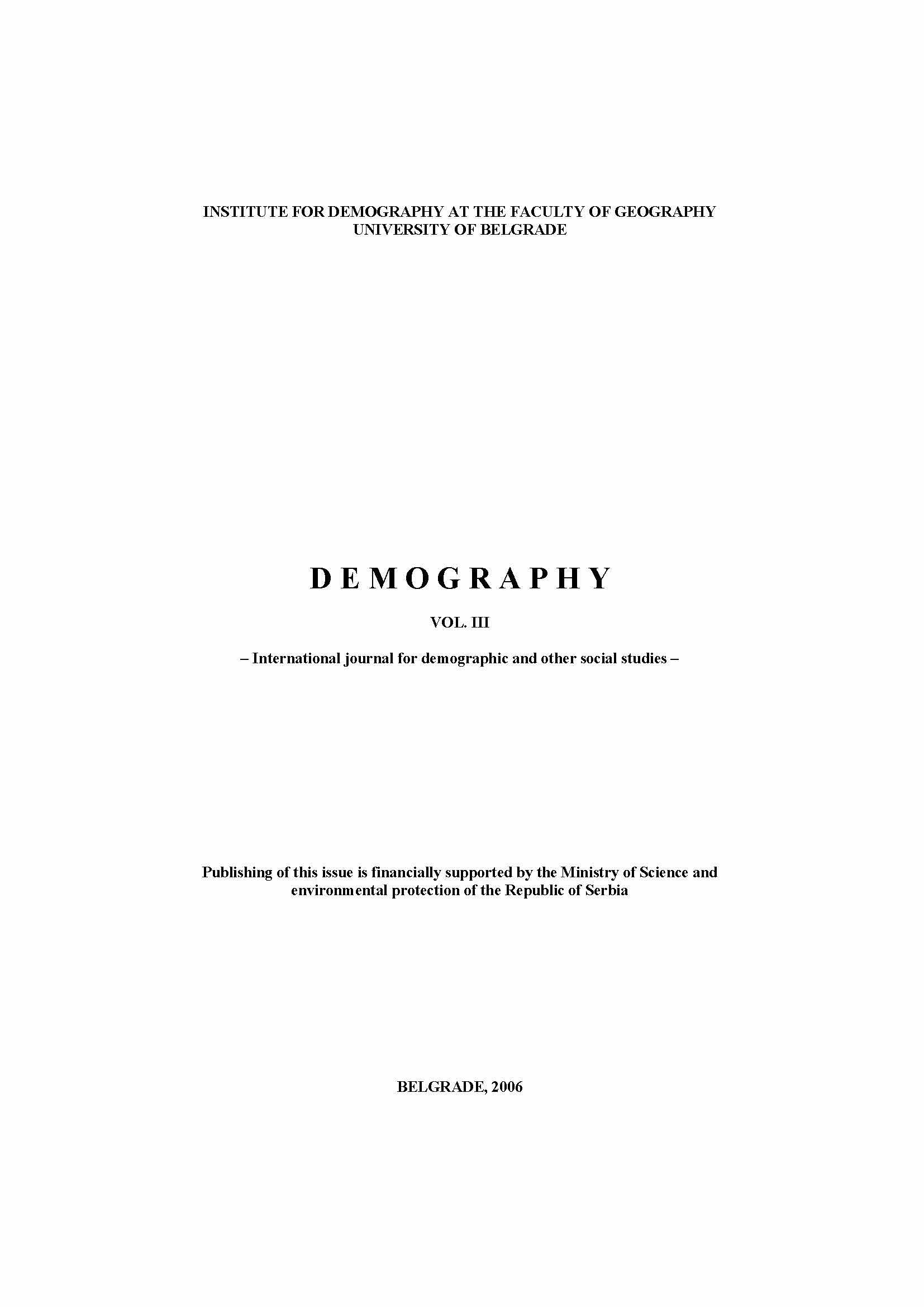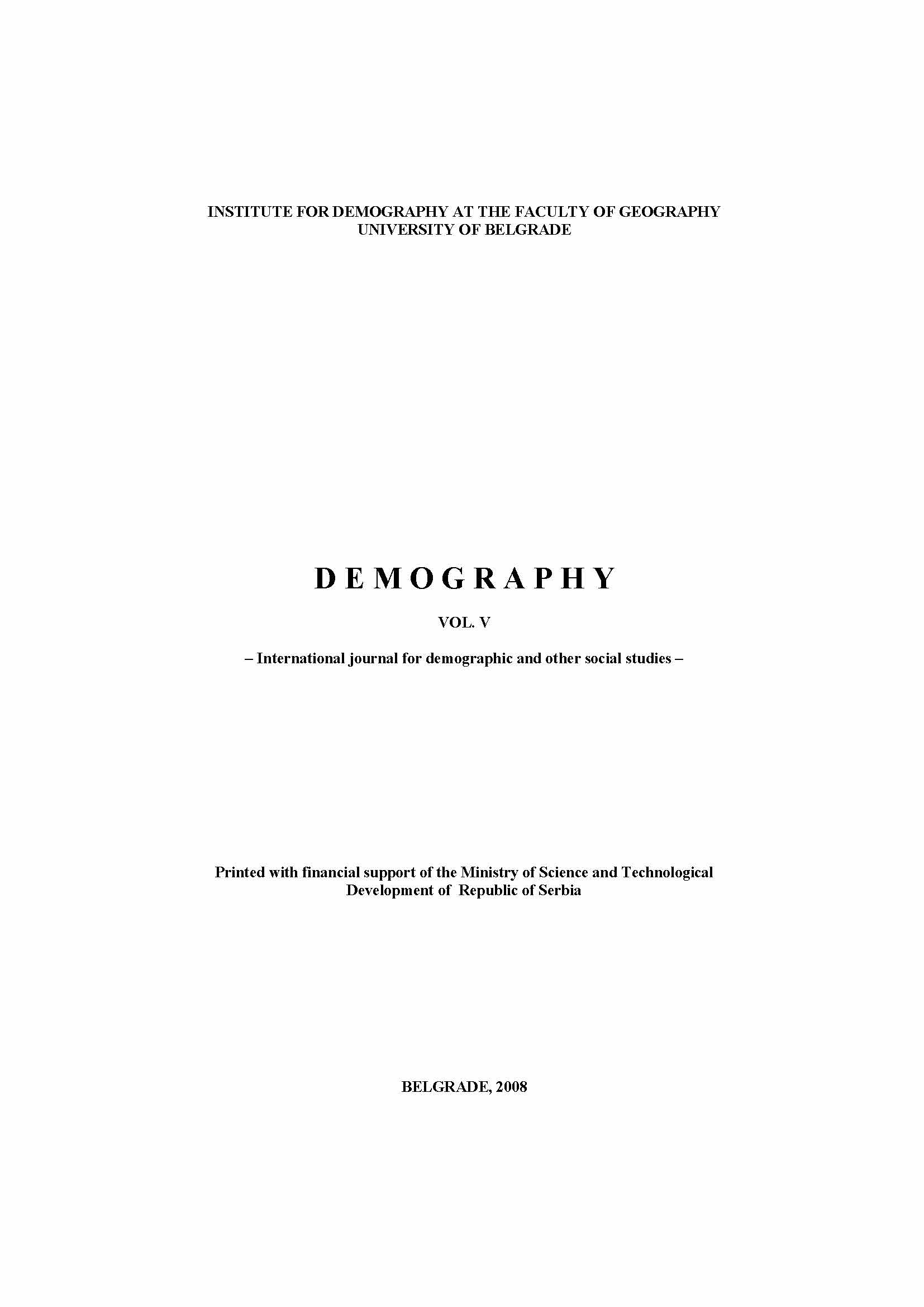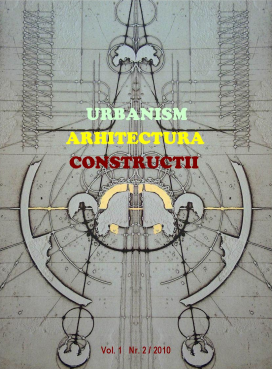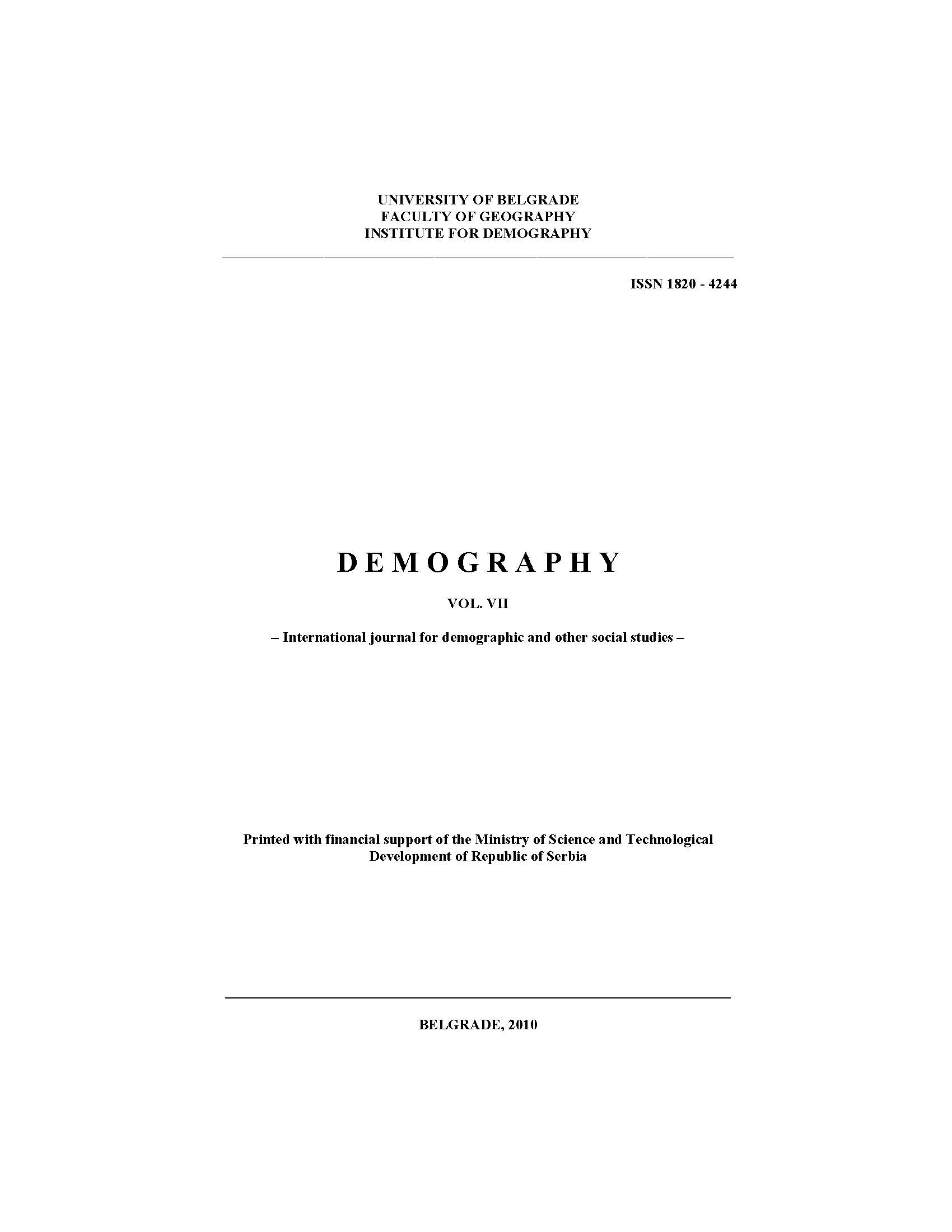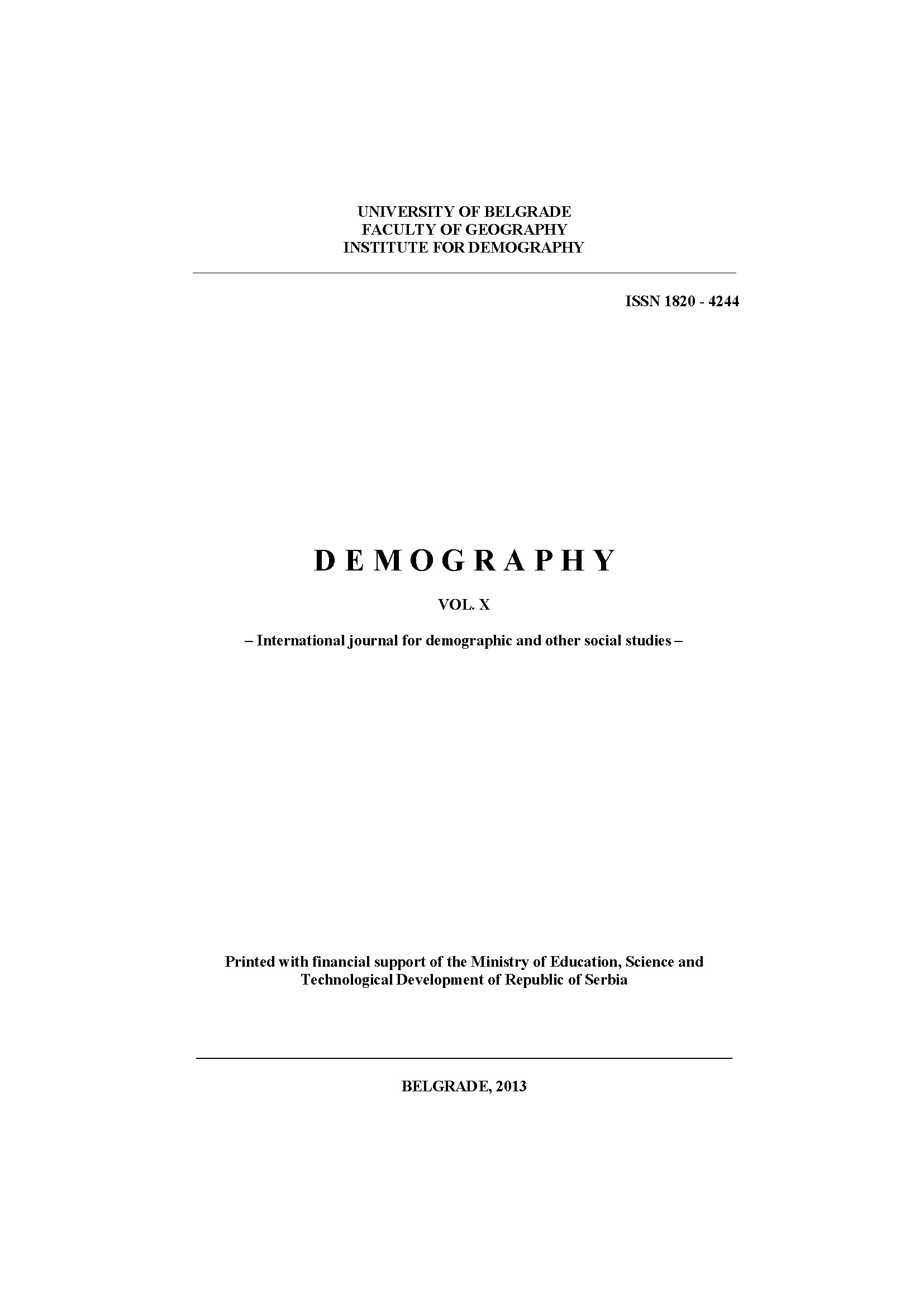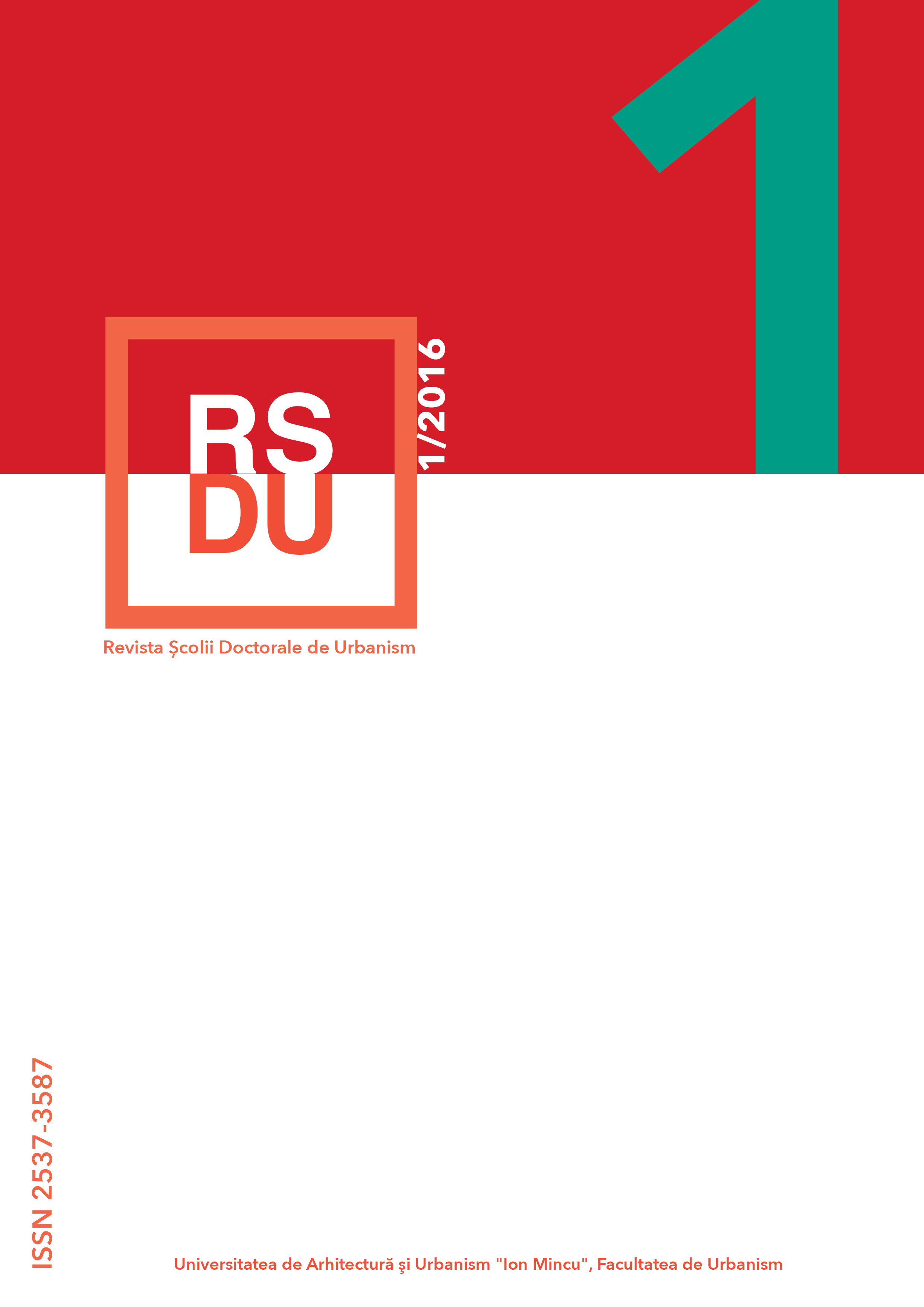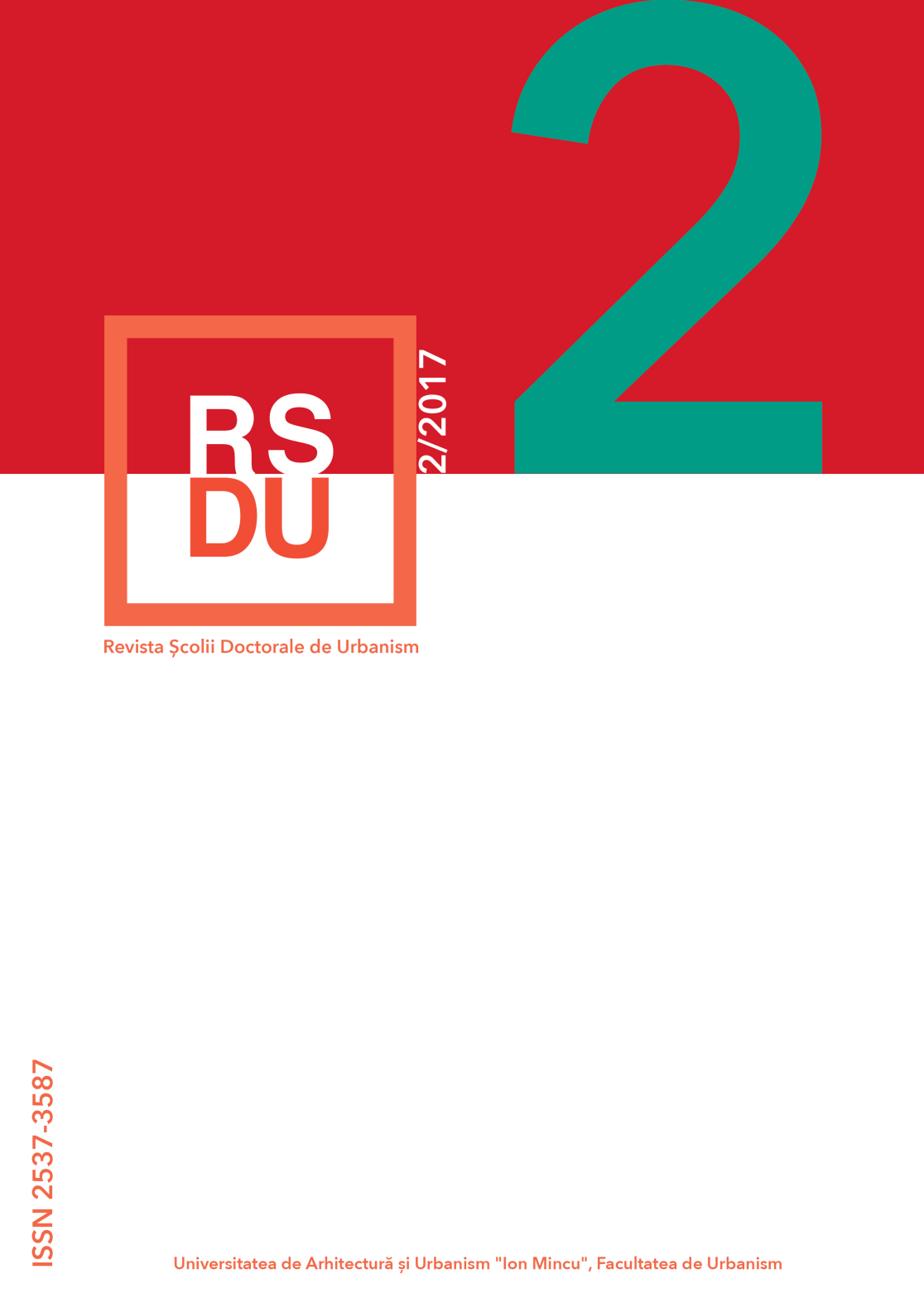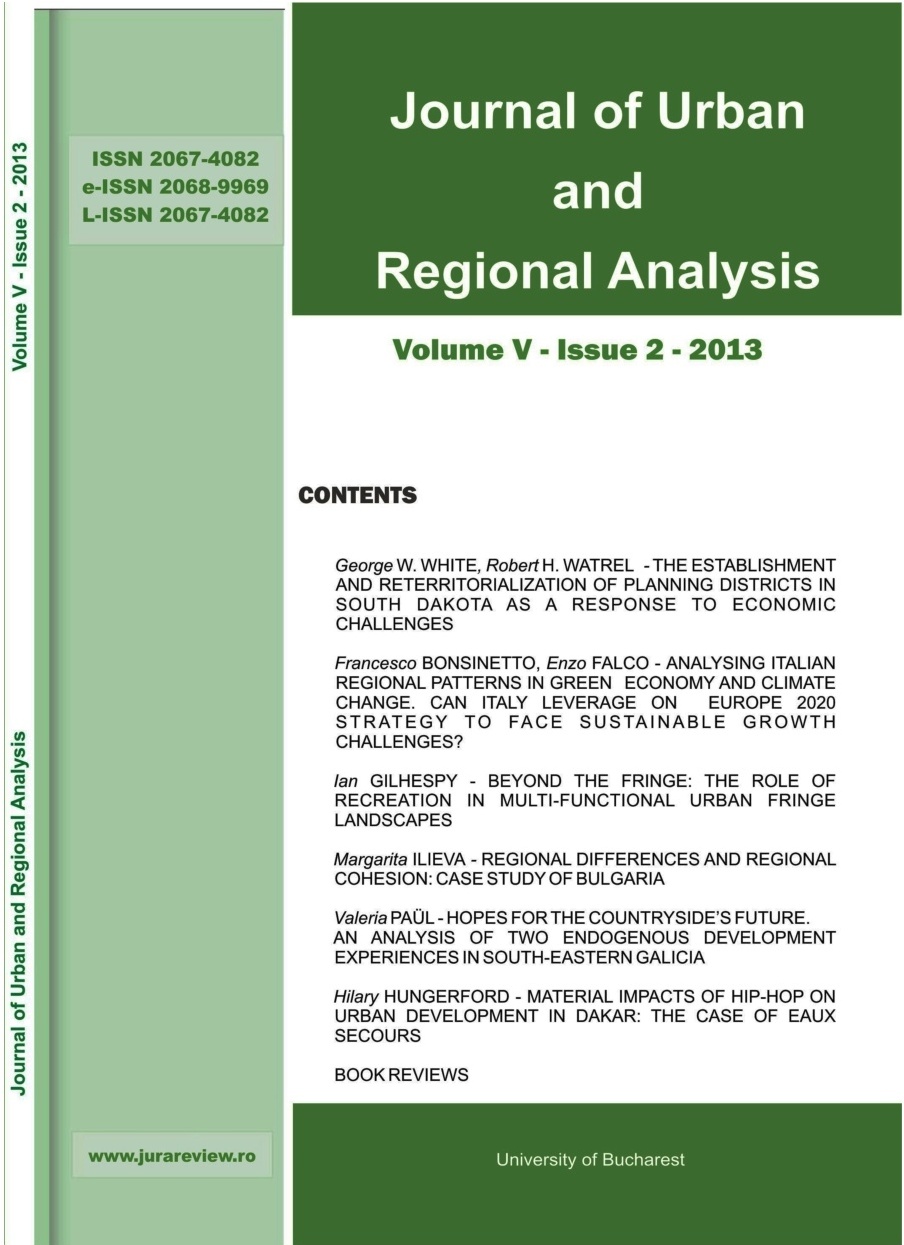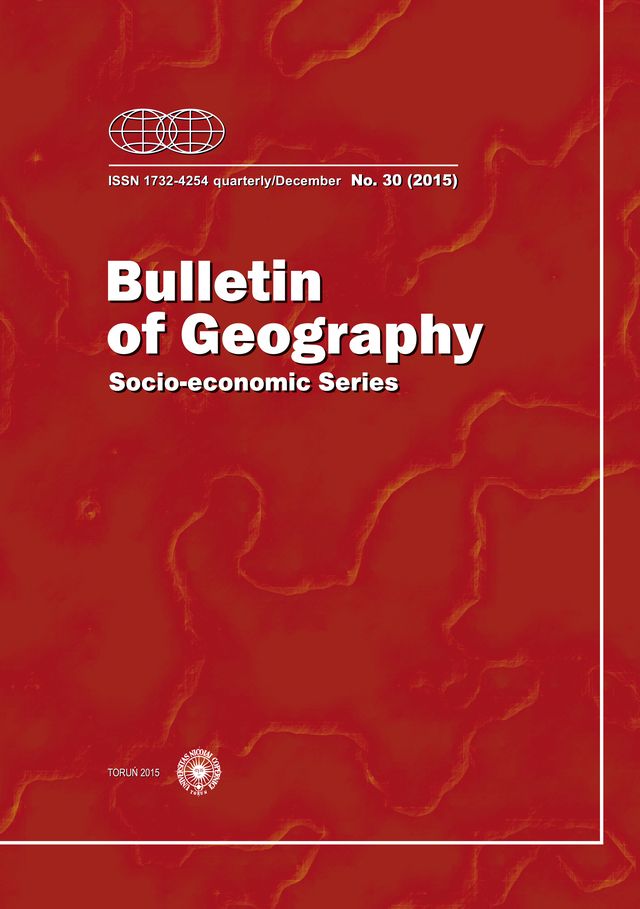
Evaluation of high-standard public transport centres in the Slovak Republic
Despite of increasing volumes of individual passenger transport and growing dependence of the post-socialist societies on the passenger car, public transport is still inevitable for certain communities. Its social and environmental aspects are obvious reasons why public transport remains within the scope of state and regional policies as a mixture of public and commercial services. Long-distance and international overground public transport represents a higher standard of travelling of considerably commercial nature. An important feature of this segment of the public transport is its capability to compete with individual transportation for long-distance journeys. The commercial character of the long-distance public transport should motivate operators to run territorially effective links covering adequately populated communites and regions with high demand for this segment of public transport services. This study deals with several territorial aspects of the network of long distance and international bus and train links of public transport in the Slovak Republic. The network of communities having direct access to the high-standard modes of public transport has been identified, revealing some of their spatial patterns and focusing on categorization of urban settlements by selected parameters of high-standard public transport services. The relationship with the population size of the urban settlements is assessed in the study, too
More...
